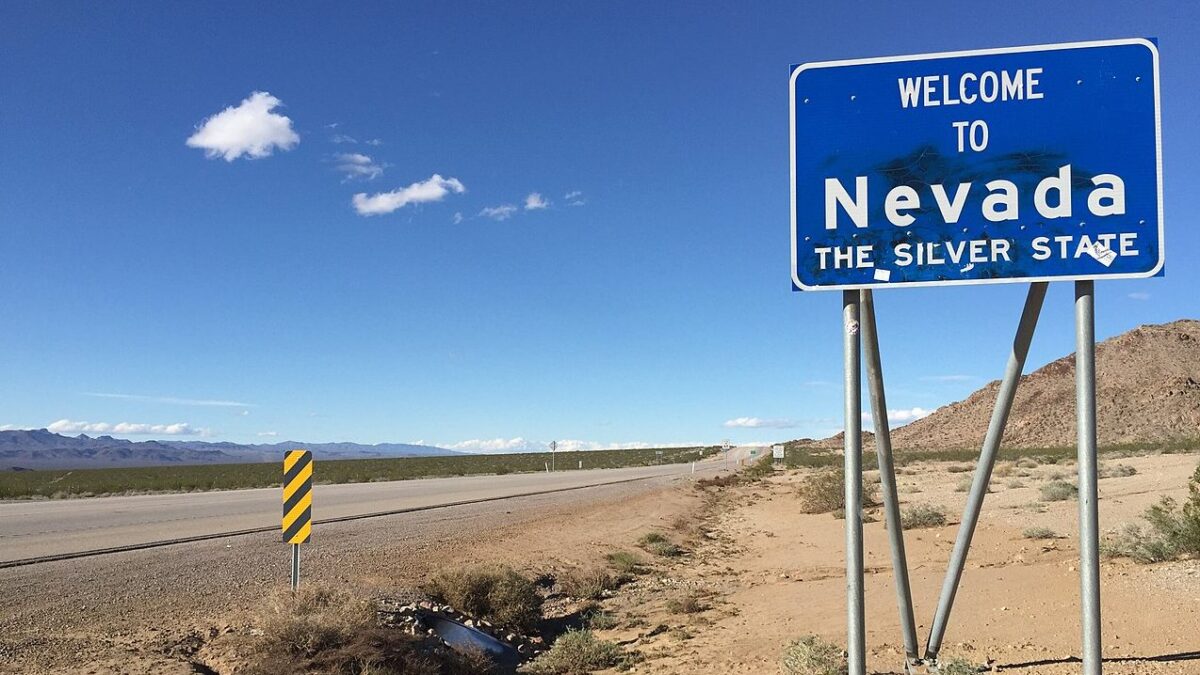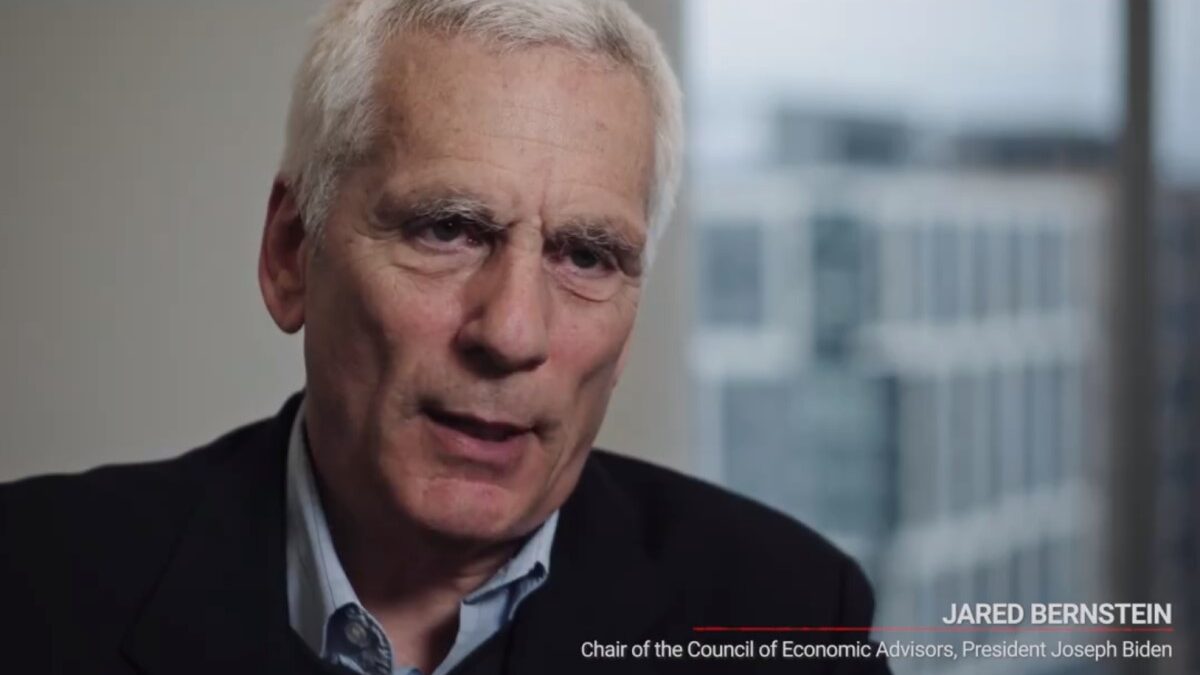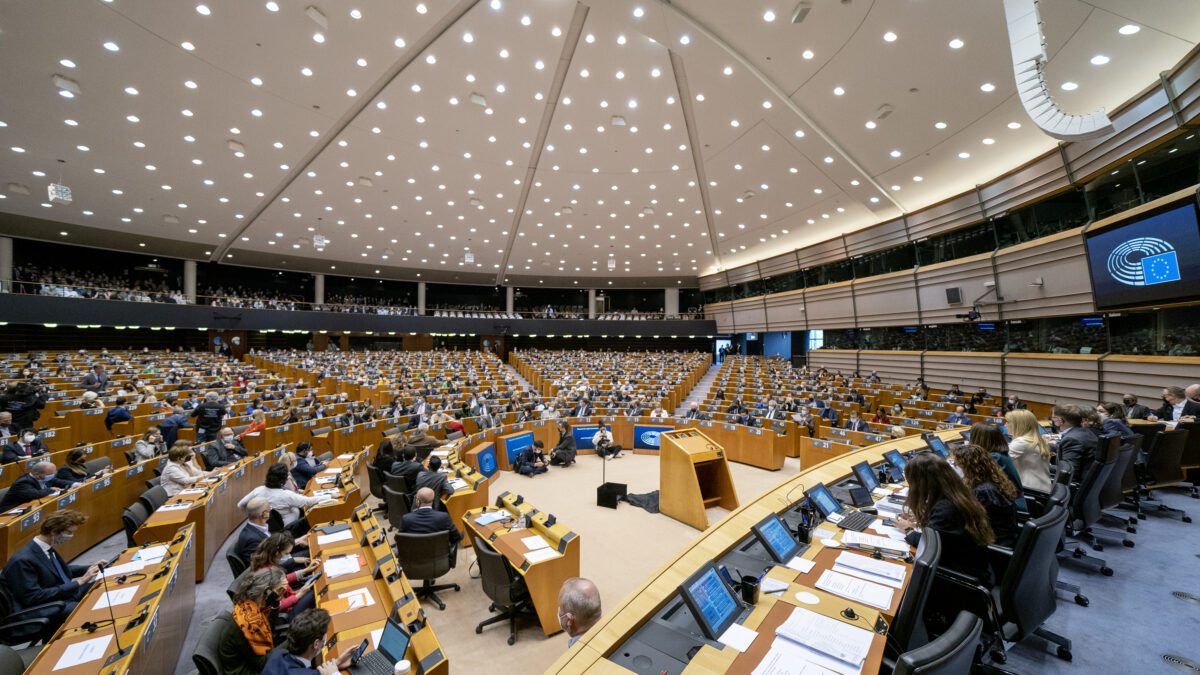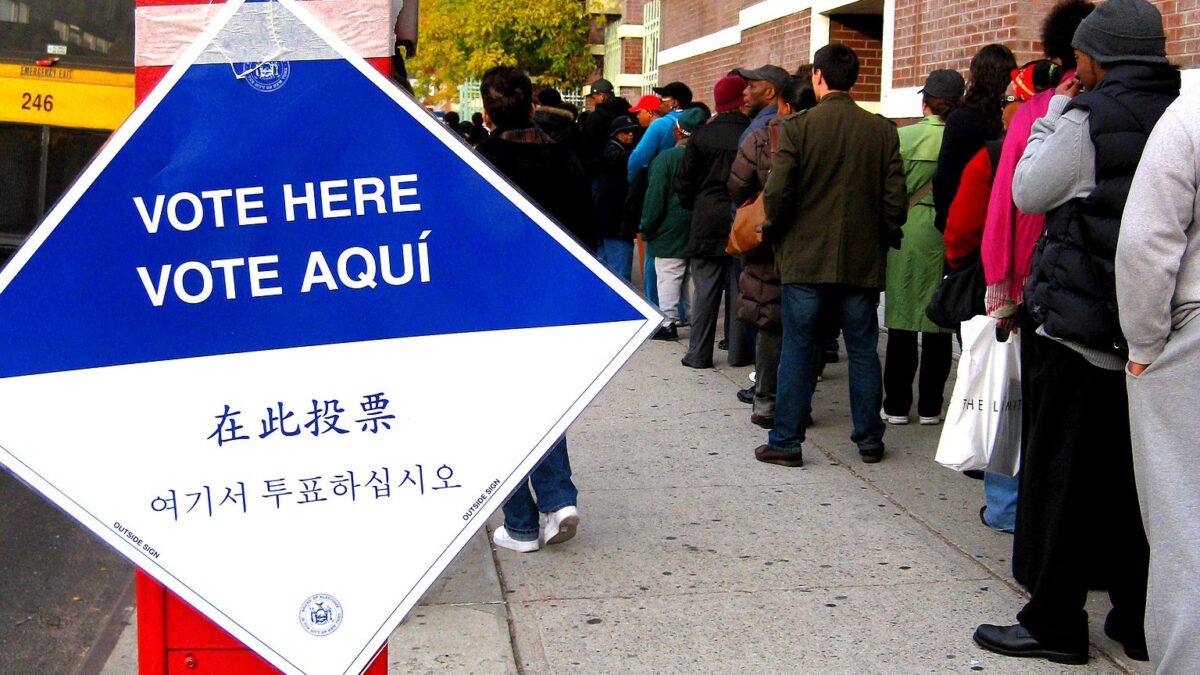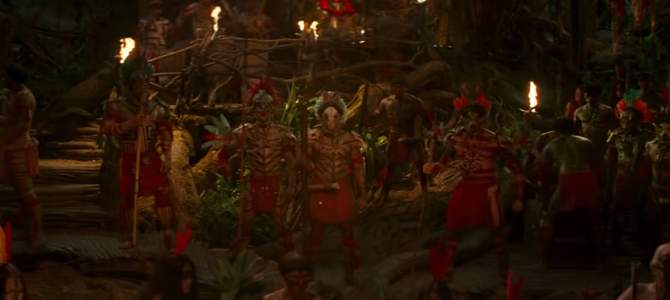
There have been few corporate “awokenings” as indicative of America’s leftward cultural shift as that of the Walt Disney Company. Disney’s embrace of identity politics is shamefully on display whether the company is hocking LGBT merchandise, coercing employees to attend critical race theory training, or turning muppets into transexuals. One of the most recognizable American brands worldwide has invested an alarming amount of its resources into appeasing the left’s cultural revolution.
This investment is clearly cynical. Disney does not take the standards of the new cultural overlords seriously; it just expects everyone else to adhere to them. This double standard is on full display in Disney Studios’ recent summer blockbuster, “Jungle Cruise.” The film disparages both indigenous peoples and LGBT people.
The ‘Noble Savage’ Stereotype
Throughout the film, Frank Wolff — portrayed by Dwayne “The Rock” Johnson — maintains a relationship with the fictitious Puka Michuna tribe in the Amazon River valley. They are introduced to the audience as lovable-scamp accomplices to Wolff as he runs a jump-scare river cruise scam to rip off tourists from Europe.
Later, they help Wolff stage a kidnapping by tranquilizing him and his counterparts. When Wolff and his travel companions awaken, they face a ritual tribunal of sorts in which tribe members have donned extravagant and ostensibly spiritual garb, speak in their native tongue, and threaten to cannibalize the sailors for their transgressions.
When Wolff’s scheme falls apart, Trader Sam — the tribe’s chieftain — says, “Seriously, Frank. Next time I’m going to charge you more for this ‘booga-booga’ nonsense.” She subsequently takes Wolff’s aggrieved compatriots into her encampment and explains the nuances of her tribe’s religion.
“Jungle Cruise” caricatures the indigenous peoples of South America as “noble savages” so they might serve as both a cheap punch line and a convenient apparatus to move the plot along. The film even turned Trader Sam into a major character although his inspiration was deemed racist enough to remove from the film’s eponymous theme park attraction.
MacGregor Houghton, Walking LGBT Stereotype
The film even stereotypes homosexual men in the form of MacGregor Houghton. In fact, MacGregor is something like Disney’s seventh “first openly gay character.”
MacGregor’s sexual orientation was such an important attribute to his character that the film made him a walking stereotype. He brings entirely too many suitcases onto Wolff’s minuscule vessel (which the uber-masculine everyman character portrayed by The Rock mockingly tosses overboard), wears inopportune outfits for the sake of making a fashion statement, and is steadfastly effeminate in his interactions with all things outdoors.
MacGregor eventually comes out of the closet to Wolff, divulging that he has refused to marry several eligible young women in Europe because his “interests happily lay elsewhere.” Shortly after that, MacGregor offers Johnson’s character the opportunity to “bite down” on his “stick,” debuting Disney’s first-ever cinematic homoerotic fellatio joke.
MacGregor provides comic relief throughout the film, but he’s portrayed as a gay man’s caricature more concerned with skincare and fashion despite his alleged depth of character.
Calling Out Old Stereotypes While Creating New Ones
Thus, “Jungle Cruise” portrays indigenous people and LGBT people as walking stereotypes. The film shows the natives of South America as hooting and hollering savages for much of their on-screen presence and treats the sole gay character in the film as an uptight dandy. At the same time, the Walt Disney Company has the audacity to gloat about their intersectional awareness and ram it down your throat.
Disney might be cyclically peddling woke identity politics to appease social trends, but that doesn’t mean their actions are without consequence. In spring 2021, Disney restricted children’s access to some of their classic films like “Peter Pan,” “The Aristocats,” and the live-action “Swiss Family Robinson,” claiming these films depict various demographics in insensitive ways.
The change came alongside Disney’s “Stories Matter” initiative. This represented applying their “ongoing commitment to diversity and inclusion” to their film catalog by “reviewing our library and adding advisories to content that includes negative depictions or mistreatment of people or cultures.”
This advisory reads, “This program includes negative depictions and/or mistreatment of people or cultures. These stereotypes were wrong then and are wrong now. Rather than remove this content, we want to acknowledge its harmful impact, learn from it and spark conversation to create a more inclusive future together.” There should be no doubt if Disney should include these disclaimers on recent content. They won’t.
“Jungle Cruise” cost an estimated $200 million to produce and hasn’t broken even at the time of this writing. Its stereotyping of indigenous and homosexual people will likely remain uninhibited since they’re trying to make their money back. Why would they put a “bigotry” disclaimer on one of their newest summer blockbusters?
Disney only cares about labeling things as “wrong” when it suits their agenda. There is no true moral conviction behind their leftward march. If there was, then “Jungle Cruise” would be a vastly different movie. But since there isn’t, the Walt Disney Company will continue to peddle woke talking points while disparaging the people they claim to champion when it can make them a quick buck.






